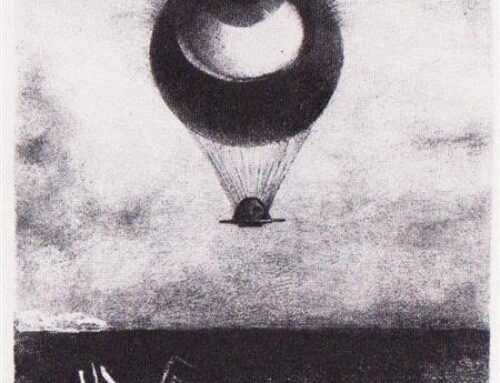Columbus the wanderer: new DNA analysis argues for Columbus’s Sephardic ancestry. From the article:
A 20-year genetic investigation of the remains of Christopher Columbus has turned conventional historical wisdom on its head by concluding that the explorer whose voyage to the New World changed the course of global history may have been a Spanish Jew rather than a son of Genoa….
José Antonio Lorente, a forensic medical expert at the University of Granada who has led the research, said his analysis had revealed that Columbus’s DNA was “compatible” with a Jewish origin.
“We have very partial, but sufficient, DNA from Christopher Columbus,” he said. “We have DNA from his son Fernando Colón, and in both the Y [male] chromosome and mitochondrial DNA [transmitted by the mother] of Fernando there are traces compatible with a Jewish origin.”
While Lorente acknowledged that he had not been able to pinpoint Columbus’s place of birth, he said the likelihood was that he had come from the Spanish Mediterranean region.
“The DNA indicates that Christopher Columbus’s origin lay in the western Mediterranean,” said the researcher. “If there weren’t Jews in Genoa in the 15th century, the likelihood that he was from there is minimal. Neither was there a big Jewish presence in the rest of the Italian peninsula, which makes things very tenuous.”….
His history-changing conclusions, however, have been greeted with extreme caution by some of his peers.
“Unfortunately, from a scientific point of view, we can’t really evaluate what was in the documentary because they offered no data from the analysis whatsoever,” Antonio Alonso, a geneticist and former director of Spain’s National Institute of Toxicology and Forensic Sciences told El País.
“My conclusion is that the documentary never shows Columbus’s DNA and, as scientists, we don’t know what analysis was undertaken.”
Rodrigo Barquera, an expert in archaeogenetics at the Max Planck Institute for Evolutionary Anthropology, said he was surprised the findings had been shared without prior scrutiny from others in the scientific community.
For other articles on this subject, see here, here, and here.






Leave A Comment